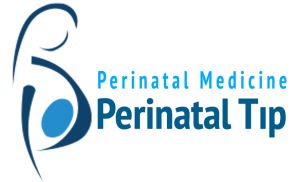
Tube Placement Operations in Urinary Obstructions (Shunt)
 It is the condition that urinary tract obstructions develop as a developmental defect in the mother’s womb. The most serious type is the lack of formation of the urinary canal after the bladder.
It is the condition that urinary tract obstructions develop as a developmental defect in the mother’s womb. The most serious type is the lack of formation of the urinary canal after the bladder.
It is the condition that urinary tract obstructions develop as a developmental defect in the mother’s womb. The most serious type is the lack of formation of the urinary canal after the bladder. In case of the presence of partial or full curtain in the final exit urinary tract (men), called the urethra, emptying from the bladder-urinary bag cannot be complete and there is a continuous accumulation of urine. If this accumulation is continuous, swelling occurs in the kidneys as a result of the accumulation of urine. In this case, when it reaches serious dimensions, the cells are damaged by the pressure due to the pressure on the developing kidney tissue, and depending on the degree of damage, problems leading to kidney failure may occur.
Depending on the location and severity of the urinary obstruction in question, the week of gestation at which symptoms occur varies. In cases that occur before 18-22 weeks, surgery may be needed in the womb to prevent kidney damage. By placing a tube-catheter in the bladder, urine is drained from the bladder into the amniotic fluid cavity, thus protecting the kidney. After birth, the problem is sometimes resolved with a small and sometimes more advanced surgery.
In these cases, it is important to monitor the follow-up by an experienced Perinatology Specialist to prevent delay.